Beyond metal cages and concrete enclosures, modern zoos stand at the forefront of critical natural heritage preservation efforts, wielding scientific expertise and public engagement to protect endangered species. Ontario’s leading conservation centers have transformed from mere animal exhibits into powerful engines of biodiversity protection, successfully breeding at-risk species like the Vancouver Island marmot and reintroducing them to their native habitats. These programs combine cutting-edge research, hands-on wildlife rehabilitation, and community education to create a comprehensive approach to species survival.
Through innovative breeding programs, habitat restoration projects, and public education initiatives, Ontario’s zoos have become vital partners in global conservation. Their work extends far beyond their physical boundaries, supporting field research, funding international protection efforts, and inspiring the next generation of conservation leaders. Visitors don’t just observe animals – they become active participants in crucial preservation work, learning how their daily choices impact wildlife survival and discovering meaningful ways to contribute to conservation success stories.
Ontario’s Zoo Conservation Success Stories
Toronto Zoo’s Native Species Programs
The Toronto Zoo stands as a champion for Ontario’s native species, running several successful breeding and reintroduction programs that give hope to our local wildlife. Their flagship initiative focuses on the Blanding’s turtle, a species that’s been quietly disappearing from our wetlands. Through careful breeding and monitoring, the zoo has released hundreds of these yellow-throated turtles back into protected areas across the province.
Another heartwarming success story is the zoo’s work with the eastern loggerhead shrike, often called the “butcher bird” for its unique hunting style. Since 2001, their breeding program has helped bring this songbird back from the brink, with over 200 shrikes released into the wild.
You can actually see these conservation efforts in action during your next zoo visit! The Native Species Pavilion offers behind-the-scenes glimpses of their work with endangered Ontario species like the Jefferson salamander and the rusty-patched bumble bee. For the hands-on nature lovers, the zoo regularly hosts volunteer days where you can help plant native species or participate in citizen science programs tracking local wildlife populations.

African Lion Safari’s Local Impact
Nestled in Hamilton, Ontario, African Lion Safari has become a cornerstone of wildlife conservation in our province. Unlike traditional zoos, this drive-through wildlife park specializes in breeding programs for endangered species, particularly focusing on Asian elephants and cheetahs. Their successful elephant breeding program has welcomed more than 20 calves since opening, making it one of North America’s most successful conservation initiatives.
The park works closely with local schools and universities, providing hands-on learning opportunities for future conservationists. Their research contributions have helped develop better wildlife management practices that benefit both captive and wild populations. Each year, thousands of Ontario students participate in their educational programs, learning about wildlife conservation and the importance of protecting endangered species.
What makes African Lion Safari truly special is its commitment to sharing knowledge with other Ontario facilities. Their experts regularly collaborate with regional wildlife centers, veterinary clinics, and research institutions, creating a network of conservation expertise that strengthens our province’s overall wildlife protection efforts. Through public awareness programs and community events, they’ve helped make conservation a priority for many Ontario residents.
Community Partnerships in Action
Educational Outreach Programs
Ontario’s zoos are bringing wildlife conservation right into our communities through exciting educational programs that spark curiosity and inspire action. From classroom visits to summer camps, these initiatives are making a real difference in how young people understand and care for our natural world.
Take the popular “Zoo to You” mobile program, where expert educators travel to schools across the province with ambassador animals, giving students up-close encounters they’ll never forget. These hands-on experiences help kids form personal connections with wildlife while learning about habitat protection and conservation challenges.
Many Ontario zoos also offer immersive day camps during summer and school breaks, where children become junior conservationists. They learn about animal care, participate in enrichment activities, and discover how they can help protect endangered species. It’s amazing to see how these experiences transform kids into passionate wildlife advocates!
For adults, zoos host evening lectures, workshops, and behind-the-scenes tours that dive deep into conservation topics. Whether you’re learning about Arctic wildlife preservation or joining a workshop on sustainable gardening for pollinators, there’s always something new to discover.
Want to get involved? Most zoos welcome volunteers for their outreach programs, and many offer training to become a conservation ambassador. It’s a wonderful way to share your passion for wildlife while making a positive impact in your community.
Insider tip: Check your local zoo’s website regularly for special educational events and seasonal programs – they often fill up quickly!
Volunteer Conservation Teams
Ever wondered how you can play a direct role in wildlife conservation? Ontario’s zoos offer incredible opportunities for locals to get hands-on with their conservation initiatives. These volunteer teams are the backbone of many successful conservation projects, bringing together passionate community members who dedicate their time and energy to protecting our native species.
From monitoring endangered species to habitat restoration, volunteer teams work alongside zoo staff in various capacities. At the Toronto Zoo, for instance, local volunteers help maintain butterfly meadows, assist with turtle headstarting programs, and participate in native plant species cultivation. Many volunteers describe their experience as both rewarding and educational, offering a unique way to connect with nature while making a real difference.
Getting involved is easier than you might think! Most Ontario zoos offer volunteer training programs throughout the year. These programs typically start with orientation sessions where you’ll learn about the zoo’s conservation priorities and the specific projects you can join. Whether you can spare a few hours weekly or monthly, there’s a role that fits your schedule.
Some popular volunteer activities include:
– Helping with wildlife surveys and data collection
– Maintaining native plant gardens
– Assisting with public education programs
– Supporting habitat restoration projects
– Participating in citizen science initiatives
The best part? You don’t need previous experience – just enthusiasm and a willingness to learn. Many long-term volunteers say they started with little knowledge but developed valuable skills and lasting friendships through their involvement.
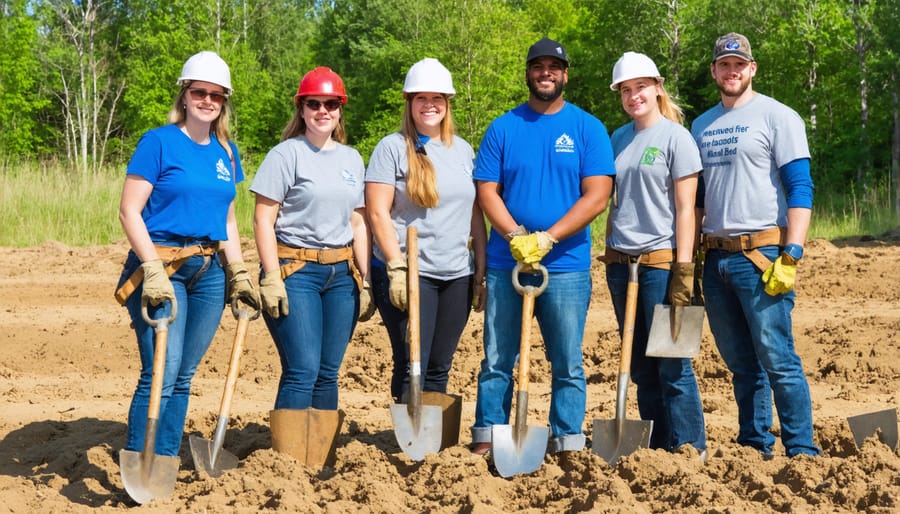
Hands-On Conservation Experiences
Behind-the-Scenes Conservation Tours
Ever wondered what happens behind those “Staff Only” doors at the zoo? Through special behind-the-scenes conservation tours, you can discover the fascinating world of wildlife care and conservation in action. These exclusive experiences offer a unique glimpse into the daily efforts that keep our animal friends healthy and thriving.
Join dedicated zookeepers as they prepare specialized diets, conduct health checks, and work on breeding programs for endangered species. You might witness veterinarians performing routine check-ups, watch animal enrichment activities being created, or learn about cutting-edge research projects happening right in your local zoo.
Many Ontario zoos offer small group tours where you can see the indoor winter quarters for tropical animals, peek into the wildlife rehabilitation facilities, or visit the conservation breeding areas normally closed to the public. At the Toronto Zoo, for instance, you can learn about their successful breeding program for endangered Canadian species like the Blanding’s turtle.
Pro tip: Book these tours well in advance as they often sell out quickly, especially during peak season. Morning tours are particularly special, as you’ll get to see the animals at their most active and possibly witness feeding time. Don’t forget to bring your camera – you’ll want to capture these memorable moments!
These interactive experiences not only provide amazing photo opportunities but also help fund vital conservation work. Every tour ticket purchased directly supports the zoo’s conservation initiatives, making your visit both entertaining and meaningful.
Family-Friendly Conservation Activities
Ontario’s zoos offer fantastic opportunities for families to get hands-on with conservation efforts while creating lasting memories together. From interactive workshops to special behind-the-scenes experiences, there’s something for every age group to enjoy and learn from.
Join the popular “Junior Zookeeper” programs where kids can help prepare animal enrichment activities, assist with habitat maintenance, and learn about wildlife care. These sessions typically run on weekends and during school breaks, making them perfect for family schedules.
Many zoos host seasonal “Conservation Action Days” where families work together on projects like building bird houses, creating butterfly gardens, or participating in citizen science programs. These eco-friendly outdoor activities help wildlife while teaching valuable lessons about environmental stewardship.
Looking for a regular commitment? Sign up for “Family Conservation Club” memberships, which offer monthly activities, exclusive educational sessions, and special access to conservation projects. Some zoos even provide adoption programs where families can sponsor specific animals and receive updates about their care and conservation status.
Don’t miss the interactive touch tanks and discovery centers where kids can learn about local aquatic ecosystems and conservation challenges through hands-on experiences. These supervised activities are both educational and entertaining, making conservation learning feel like an adventure rather than a lesson.
Remember to check your local zoo’s calendar for special conservation events and holiday programs designed specifically for families. Many offer evening activities like nocturnal animal observations and conservation-themed movie nights.
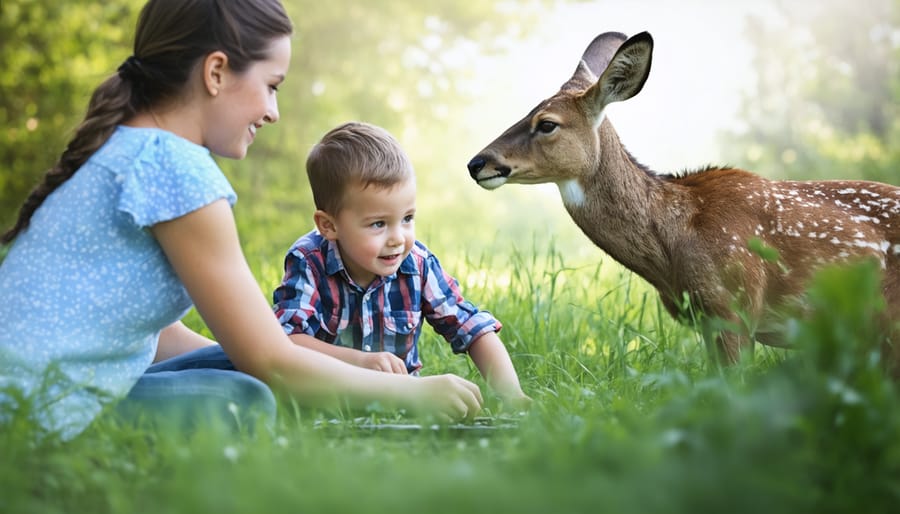
Future of Zoo Conservation in Ontario
Expanding Conservation Networks
Ontario’s zoos are increasingly recognizing that successful conservation requires a village – or rather, an entire network of dedicated partners and community members. Through innovative partnerships with local schools, businesses, and environmental organizations, our zoos are expanding their reach and impact in wildlife protection.
Take the Toronto Zoo’s “Adopt-A-Pond” program, for instance. What started as a small wetland conservation initiative has blossomed into a province-wide network of citizen scientists monitoring local amphibian populations. These community-driven programs complement broader environmental protection initiatives while making conservation accessible to everyone.
Many zoos now offer “Conservation Champion” programs where local businesses can sponsor specific projects or species. The African Lion Safari has partnered with several Ontario schools to create wildlife education programs that bring conservation directly into classrooms. Meanwhile, the Riverside Wildlife Centre has established a network of volunteer “Wildlife Watchers” who help monitor and protect local species.
Looking ahead, Ontario zoos are developing digital platforms to connect conservation enthusiasts across the province. These online communities allow members to share observations, coordinate volunteer efforts, and participate in citizen science projects from home.
Want to get involved? Most Ontario zoos offer volunteer training programs throughout the year. Whether you’re interested in hands-on wildlife care, educational outreach, or habitat restoration, there’s a role for everyone in our growing conservation community. The best part? You’ll join a network of passionate individuals working together to protect Ontario’s incredible biodiversity for future generations.
Innovation in Wildlife Protection
Ontario’s zoos are embracing cutting-edge technology to protect and study wildlife like never before. From tiny GPS trackers that help monitor endangered species to sophisticated DNA analysis that guides breeding programs, these innovations are changing the game for conservation efforts.
One of the most exciting developments we’re seeing is the use of thermal imaging cameras to observe nocturnal animals without disturbing them. At the Toronto Zoo, these cameras help keepers monitor the health and behavior of their endangered Vancouver Island marmots, even during their nighttime activities.
Drones have become invaluable tools for wildlife protection, too. They’re used to track animals in larger enclosures, monitor habitat conditions, and even assist in anti-poaching efforts. The African Lion Safari in Hamilton uses drone technology to keep tabs on their free-roaming species across their sprawling grounds.
Many Ontario zoos have also adopted artificial intelligence systems that analyze animal behavior patterns. These smart systems can alert keepers to potential health issues before they become serious problems. For instance, the algorithm might notice if a polar bear’s movement patterns have changed, suggesting possible illness or stress.
Social media and mobile apps are revolutionizing public engagement in conservation. Several Ontario zoos now offer apps where visitors can learn about animals in real-time, report wildlife sightings, and even “adopt” animals virtually. These digital platforms help create lasting connections between visitors and wildlife, encouraging long-term support for conservation efforts.
The latest addition to the conservation toolkit is environmental DNA testing, which allows researchers to detect species presence just by testing water or soil samples. This non-invasive technique helps zoos monitor local wildlife populations and track the success of their release programs.
Zoo conservation programs play a vital role in protecting endangered species and educating the public about wildlife preservation. Through these initiatives, Ontario’s zoos have successfully bred endangered species, rehabilitated injured animals, and contributed to global research efforts. By choosing to visit these facilities and participate in their programs, you’re supporting crucial conservation work while enjoying sustainable tourism experiences right here in Ontario.
There are many ways you can get involved and make a difference. Consider becoming a zoo member, which often includes special access to conservation events and behind-the-scenes experiences. Many zoos offer volunteer programs where you can assist with animal care, education programs, or special events. You might also “adopt” an animal through donation programs that support specific species’ care and conservation efforts.
For the more dedicated wildlife enthusiast, look into citizen science initiatives where you can help collect valuable data about local wildlife. Many zoos also offer workshops and educational programs that teach practical conservation skills you can apply in your own community.
Remember, every visit to an Ontario zoo supporting conservation efforts helps ensure these magnificent creatures will be around for future generations to appreciate. Your participation, whether through attendance, volunteering, or donations, directly contributes to the success of these vital programs. Start your conservation journey today by visiting your local zoo and discovering how you can be part of this important mission.



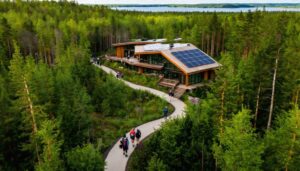





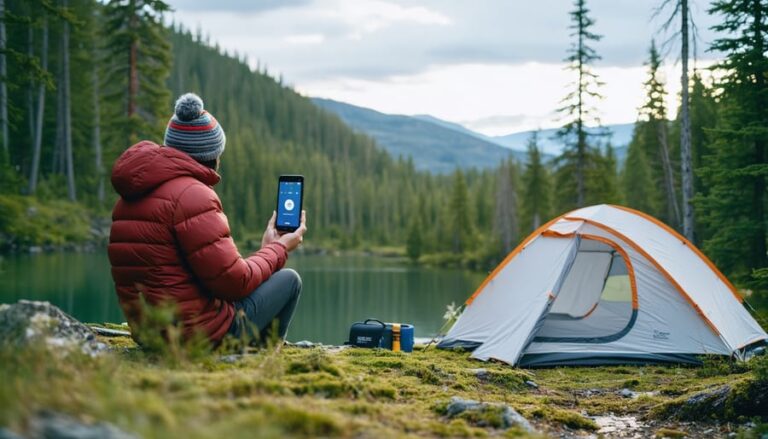



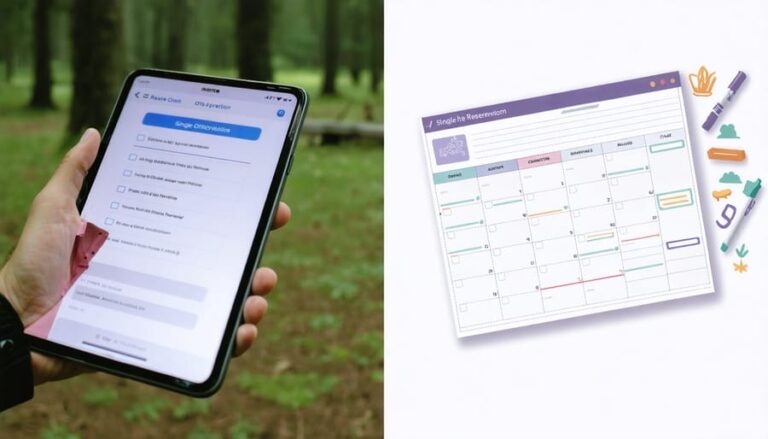
+ There are no comments
Add yours